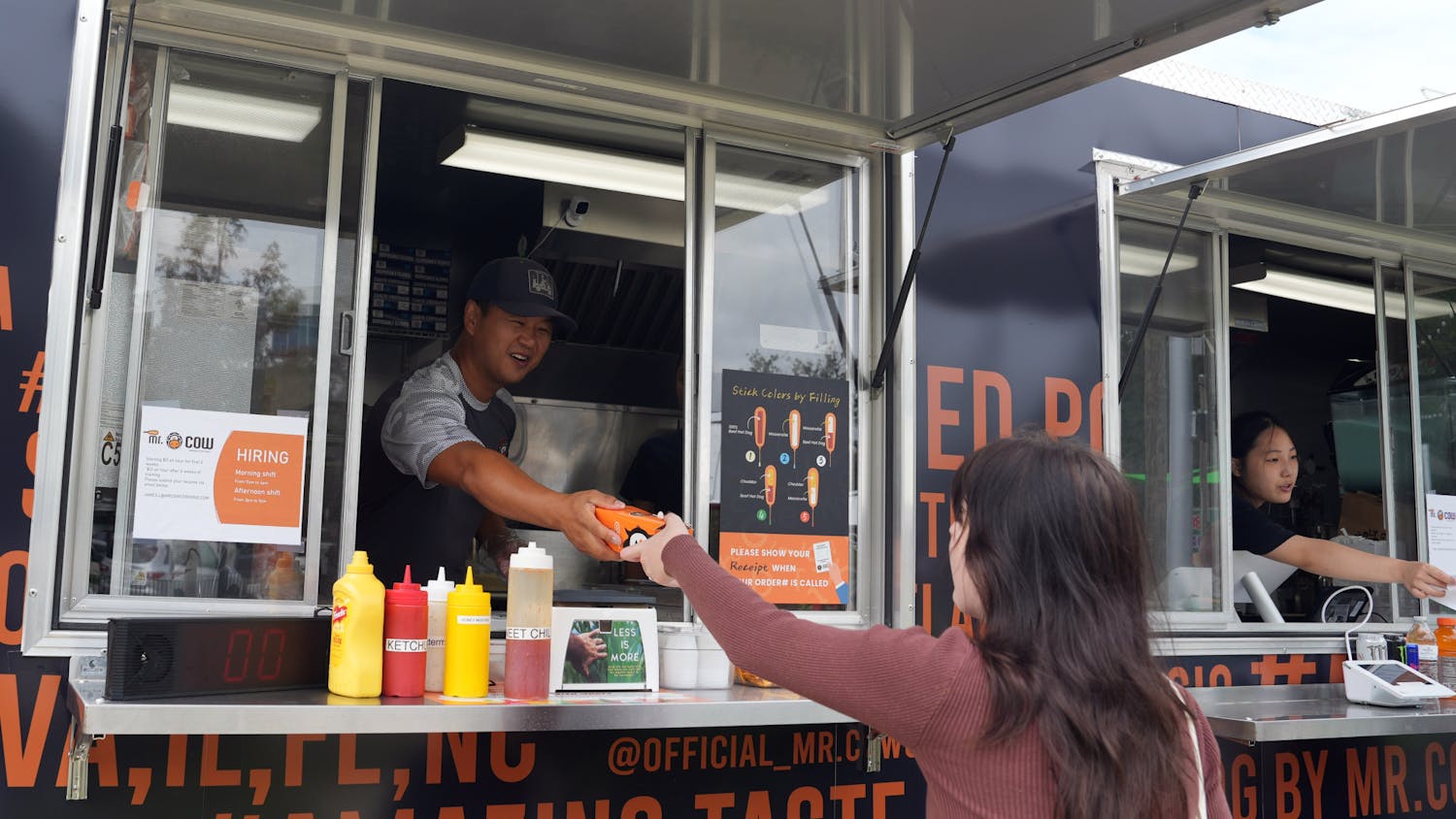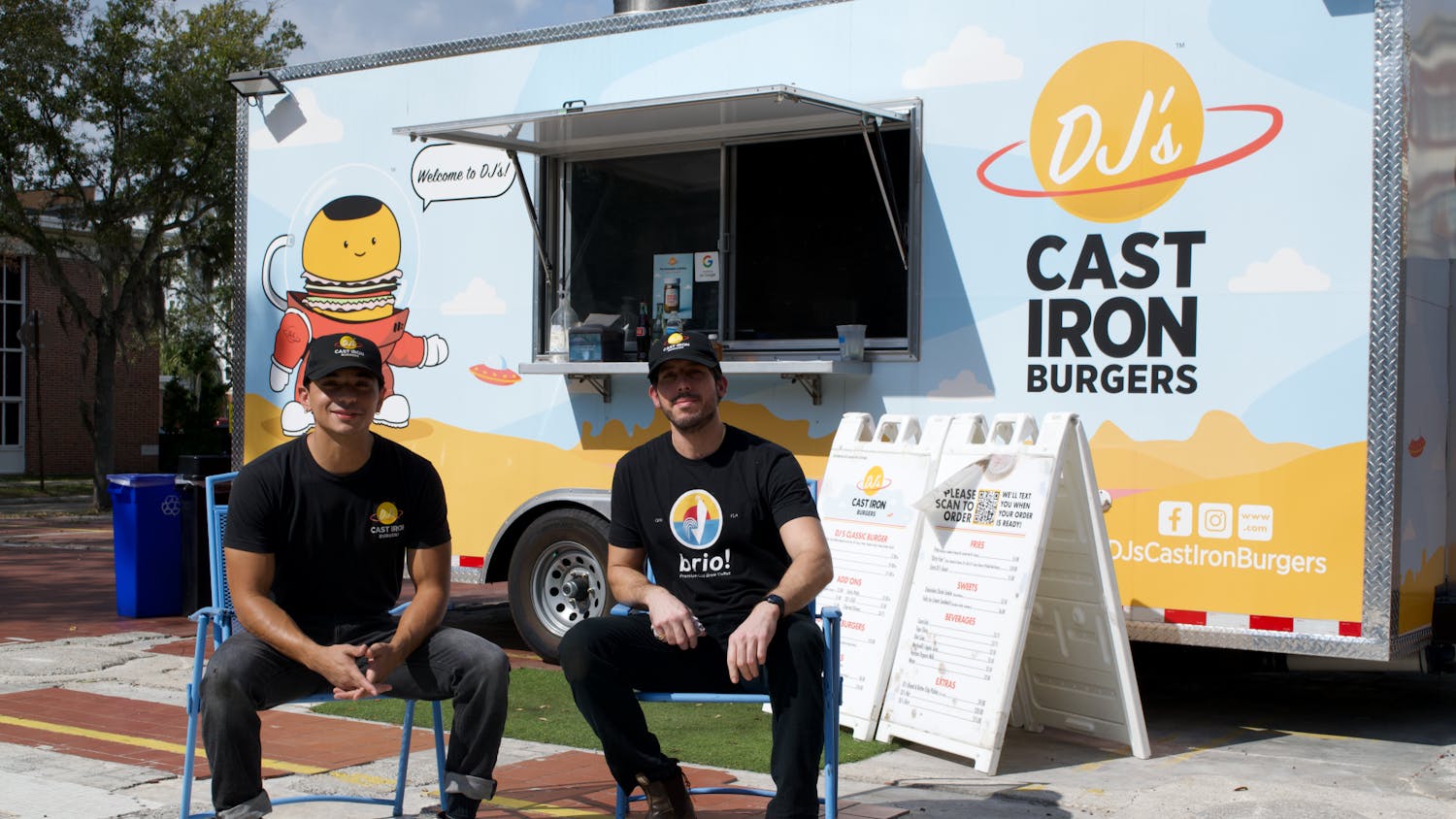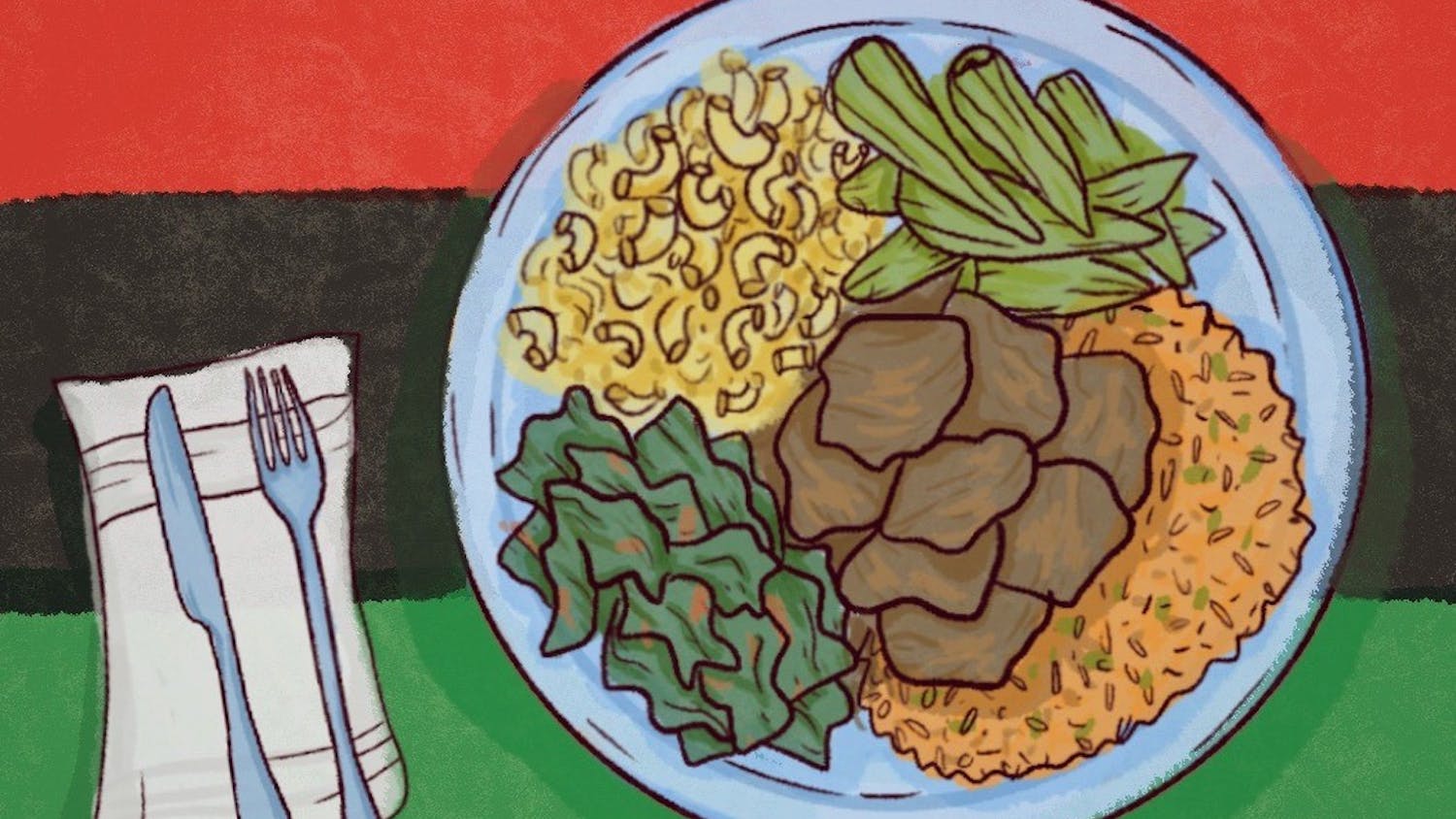Walk into a bookstore, browse Amazon cookbook category listings, and you’ll find various genres of cookbooks. There are cookbooks for kids, for vegetarians, for couples, for one, for beginners and even for dogs. Look closer, and you’ll notice a category of cookbooks for men. But absent is a category for women, revealing the assumption that unmarked cookbooks are for women.
There is a lot of gendered discourse we can examine in books like cookbooks for men. The titles themselves are loaded with stereotypes: “Man Meets Stove: A Cookbook for Men Who’ve Never Cooked Anything without a Microwave,” “Men’s Health Muscle Chow: More than 150 Meals to Feed Your Muscles and Fuel Your Workouts,” and “Eat like a Man: The Only Cookbook a Man will Ever Need.”
Cookbooks reflect the perceptions of masculinity and femininity we have today — and so much is the same as from the 1920s and 1930s and then again in the 1950s (World War II put everything to a pause, including publication of cookbooks). Men eat meat; women eat salad and light, pretty foods; Dad does Sunday pancakes; Mom cooks every day; Dad uses the grill, Mom the oven. Of course, these antitheses of tastes and cooking techniques don’t always hold true, but these stereotypes persist. Why? How so?
Exploring how the media, such as cookbooks, spread cultural values about women, food and gender roles, historian Jessamyn Neuhaus writes about meatloaf, a dish that has been served at the American table for decades. She analyzes cookbooks and cooking magazines from 1920 to 1960 and shows how meatloaf recipes for women and men were tailored differently, suggesting that cooking for women was a separate process than it was for men.
While women were to make the simplest, quickest meatloaves, men were encouraged to make more exotic ones to demonstrate their talents as gourmet chefs. For instance, in a 1922 cookbook collection for men, the meatloaf recipe called for four different kinds of meat, carefully minced twice by the butcher and a variety of seasonings and cream. Even something as simple as a recipe for meatloaf, Neuhaus argues, conveys important messages about society’s expectations for women and men’s relation to food.
As Neuhaus’ analysis on meatloaf suggests, the foods we consume, how we prepare them and who prepares them reveal important information about ourselves. Particularly, gender is intertwined with food, because food preparation is assumed to be a woman’s primary domestic responsibility and is tied to her identity.
In order to understand how gender is created in the U.S., it is necessary to understand and reflect on how food culture, such as cooking literature, has shaped and continues to shape our lives. From browsing cookbooks to grocery shopping to preparing food, every element of food is intertwined with gender.
Hungry for more? See Neuhaus’ “Is Meatloaf for Men? Gender and Meatloaf Recipes, 1920-1960” in “Cooking Lessons: The Politics of Gender and Food.”
[A version of this story ran on page 12 on 7/24/2014 under the headline "Cookbooks for men"]





